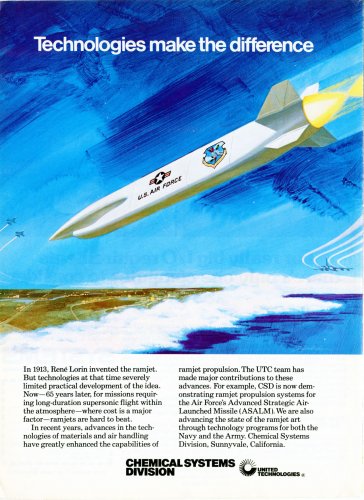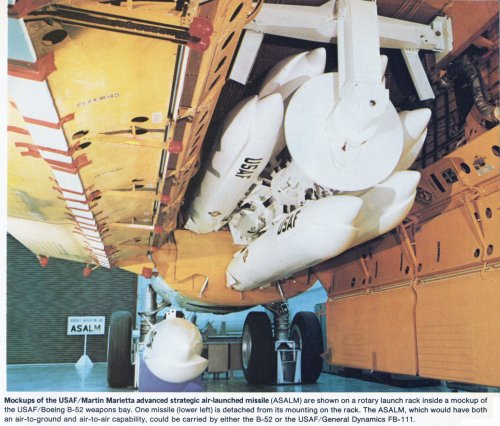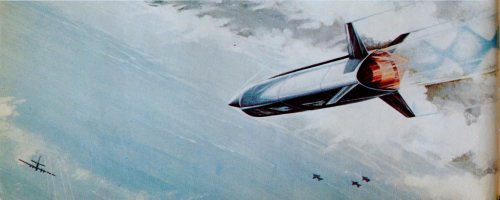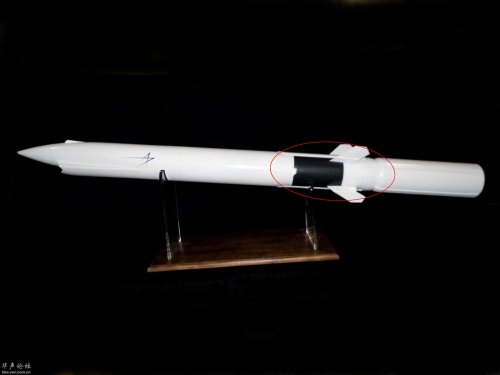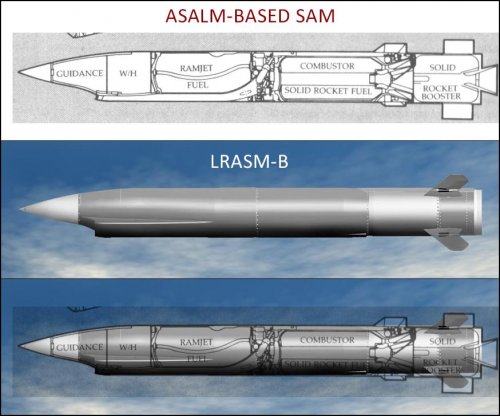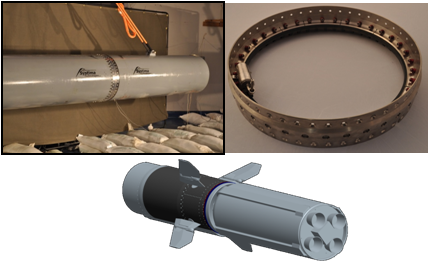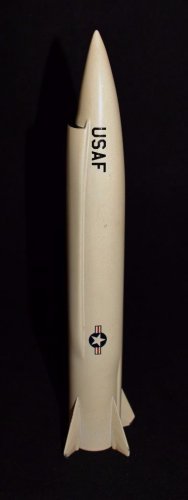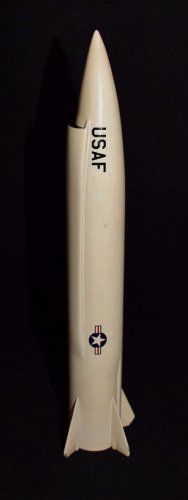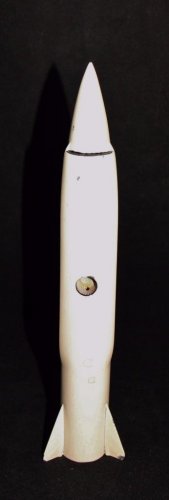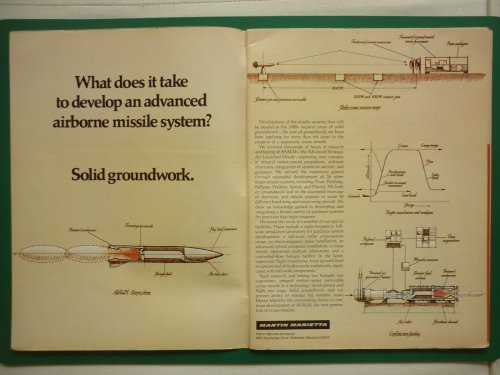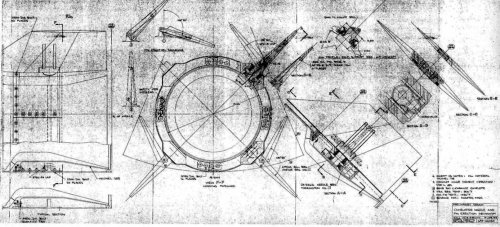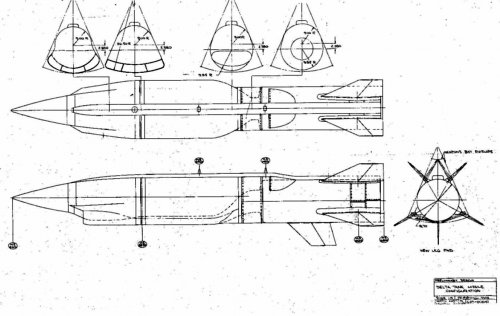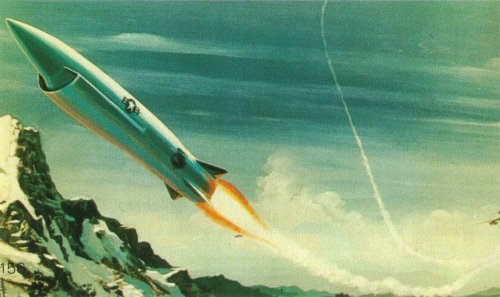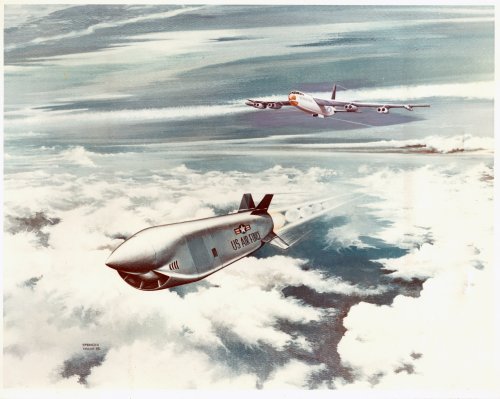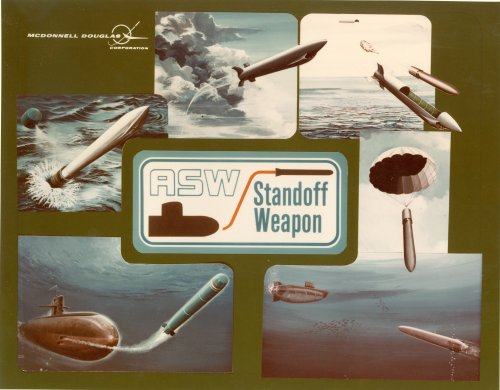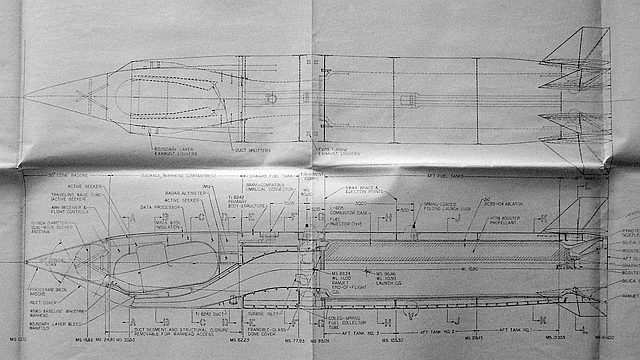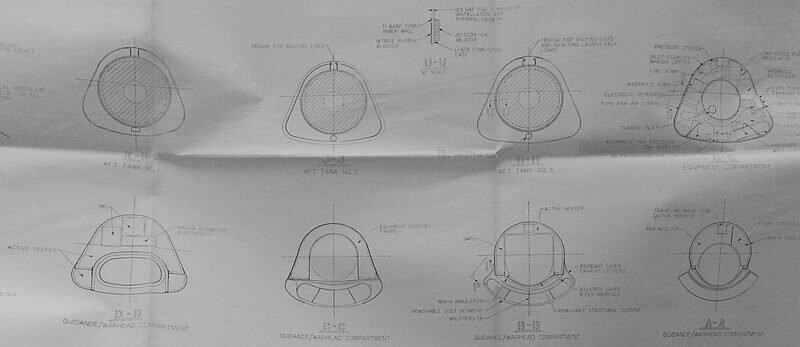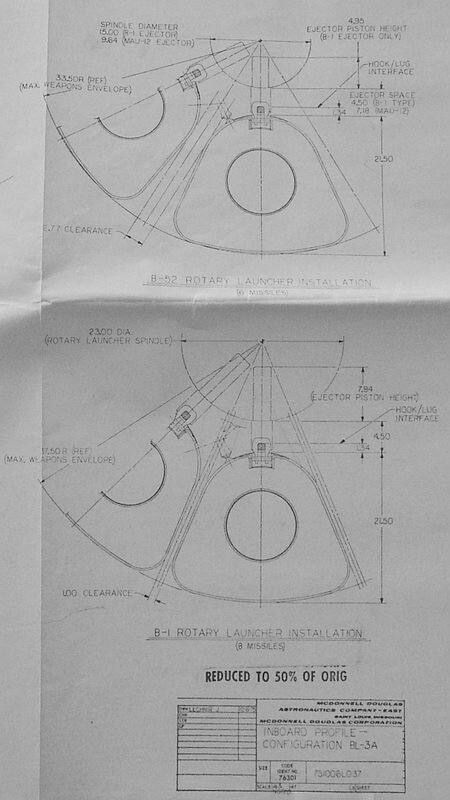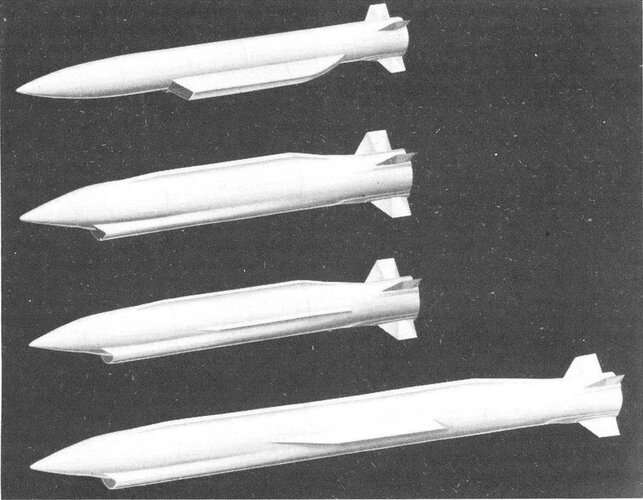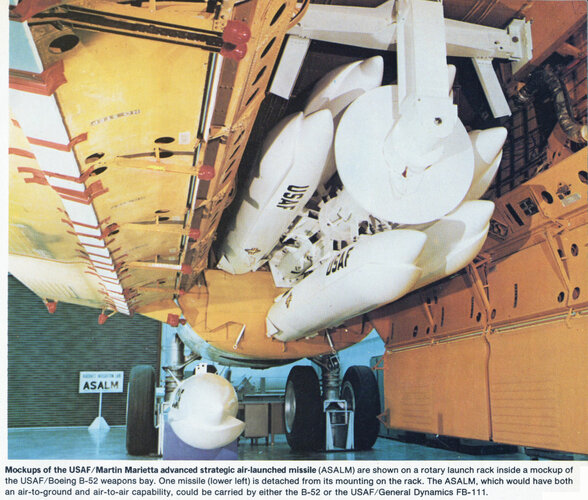Thought I posted this but apparently not:
http://exrocketman.blogspot.com/2012/08/third-x-51a-scramjet-test-not-successful.html
"Back about 1980, a technology-demonstrator flight test vehicle called ASALM-PTV accidentally accelerated to Mach 6 at 20,000 feet on its very first flight test. This was due to a fuel control “failure” that was nothing but a stupid assembly error, there was nothing really wrong with the design. It was only designed to cruise at Mach 4, and to power-dive at Mach 5. The other 6 flights were perfect. Its design mission was as a cruise missile effectively invulnerable to defense: subsonic launch, supersonic climb to 80,000 feet (24 km), pullover and accelerate to a Mach 4 cruise, then suddenly dive at Mach 5 onto target.
ASALM was not scramjet at all, it was just an ordinary subsonic combustion ramjet, with part of its technological roots dating all the way back to World War 2. It had a supersonic inlet, a large but mild-expansion nozzle, and a dump combustor for its flame stabilization. It was fueled with RJ-5, a synthetic strongly resembling kerosene.
Unlike the two scramjets, ASALM had an “integral booster” packaged entirely within its engine, not a huge booster stage out behind, to be dropped off. The takeover Mach number with ASALM was Mach 2.5, so the booster could be much smaller in any event.
It was not a waverider, but it did fly on supersonic body lift without any wings. ASALM had a very clean, low-drag "dart" shape, which is a part of how it accidentally reached Mach 6 in that runaway test flight.
I got to work on several related technology projects associated with ASALM, and to participate in the engineering done around the booster inside that combustor. A lot of the same technology went into other ramjet engines I worked on.
The NASA X-43A guys named ASALM as the setter of the record they finally broke in 2004, but they didn't know what ASALM was, or what kind of engine it had. I guess they were just too young: ASALM was well before their time.
Opinion
USAF's design mission for that scramjet missile technology could be done easier, cheaper, and "right now" by marrying existing ICBM technology with existing ramjet cruise missile technology (like ASALM). Put your supersonic ramjet cruise missile inside a re-entry shroud, and stick that on top of an ordinary ICBM. Flight time is 17 minutes to the other side of the world, then you cruise to target in the Mach 3 to 4 range, at around 60-80,000 feet, and finally you dive onto your target at around Mach 5 to 6. If you are attacking fixed geographic coordinates, there is not time for simple inertial guidance to drift.
As I said before, simple. Easy. Cheap.
My question to USAF is: why cruise hypersonic down in the air with all that friction heat and shock loss nonsense, when you don't have to? Actually, the very same question applies to supersonic/hypersonic transport aircraft proposals, too."

